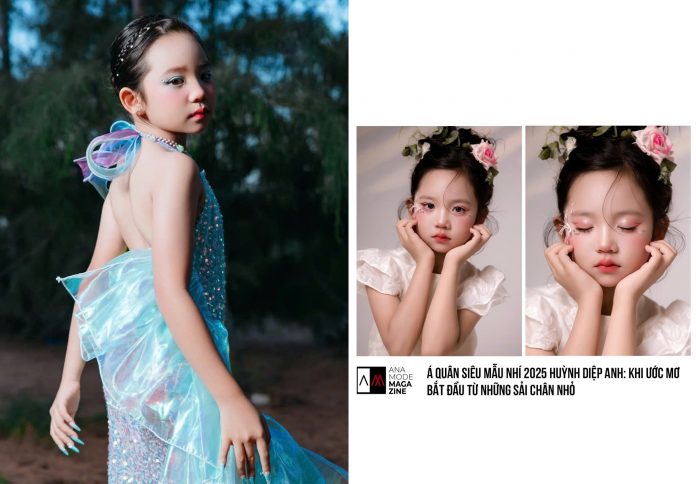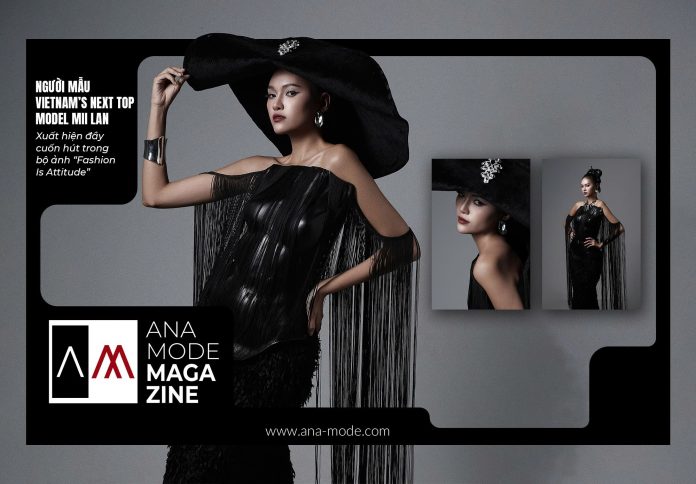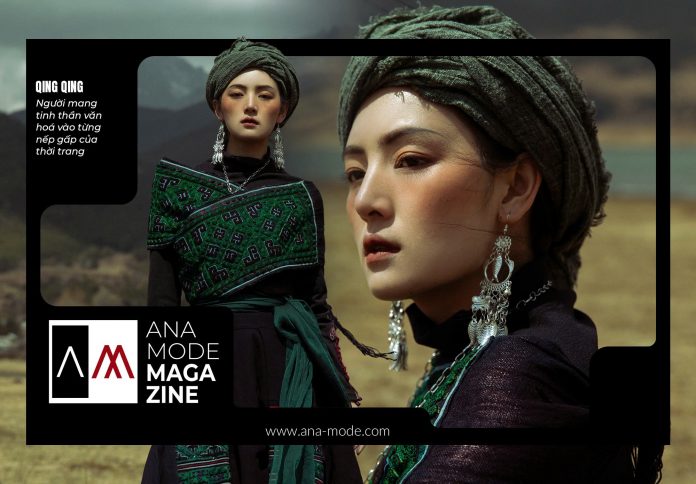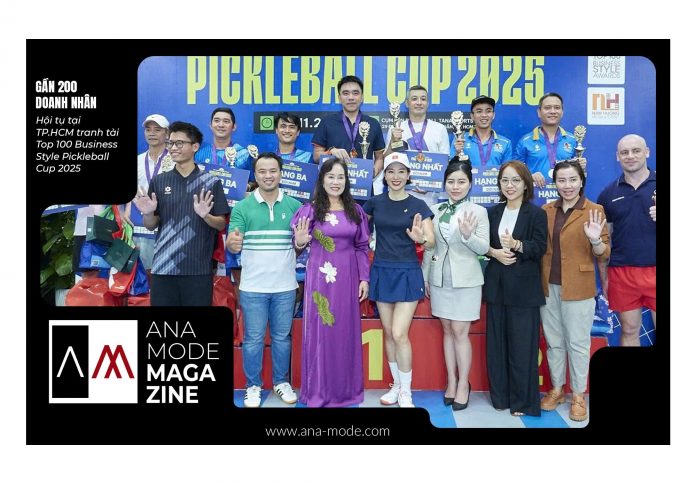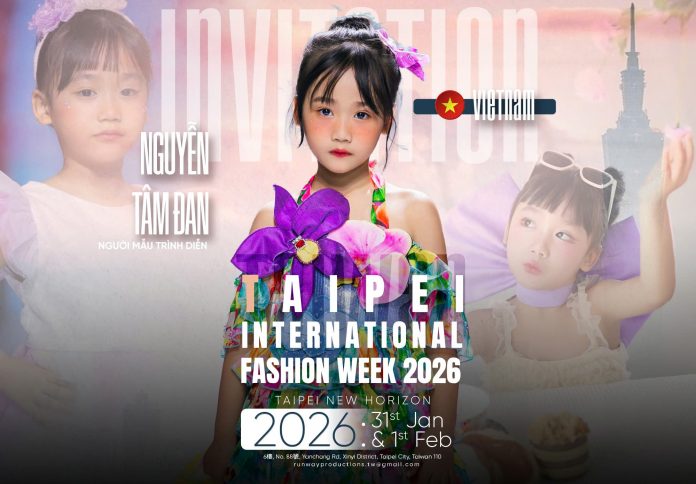The preppy aesthetic, a style so pervasive it often seems timeless, began not as a fashion trend but as an unspoken uniform of privilege and academic elite. Rooted in the prestigious Ivy League universities and East Coast preparatory schools of the late 19th and early 20th centuries, this look was characterized by an emphasis on quality, understatement, and pieces borrowed from athletic pursuits—polo shirts, blazers, and loafers. Over more than a century, however, prep has proven to be infinitely adaptable. It has endured social upheaval, been commodified by mass-market retailers, satirized in best-selling books, and ultimately re-emerged as a complex, culturally aware style that speaks to heritage, casual confidence, and a deep appreciation for craft. The evolution of preppy fashion is, in many ways, the story of American style itself: a constant dialogue between elitism and democratization, tradition and self-invention.
The Collegiate Genesis: Ivy League and Status (1900s-1950s)
Preppy fashion formally emerged in the late 1800s and early 1900s as a distinct mode of dress worn by young men attending “prep” schools—institutions designed to prepare them for entry into elite universities like Harvard, Yale, and Princeton. The style was initially defined by its association with leisure sports favored by the upper class, such as golf, polo, and sailing, leading to the adoption of tweed jackets, polo coats, and the button-down Oxford shirt, a signature invention of Brooks Brothers. Crucially, the early aesthetic was less about looking overtly wealthy and more about maintaining an air of studied nonchalance—clothing that looked well-worn and comfortable, subtly communicating an inherited status that required no flashy adornment.

The look was quickly institutionalized by retailers like Brooks Brothers and J. Press, who opened stores directly on or near Ivy League campuses, solidifying the uniform. By the 1930s, the style began to include women, notably at colleges like Vassar, who adopted menswear pieces such as tweed skirts, polo coats, and the iconic saddle shoes, further blurring the lines between sportswear and daily academic attire. The introduction of the first “Lady Levi’s” jeans in 1934 marked another pivotal moment, integrating denim into the preppy wardrobe and signaling a move toward looser, more comfortable silhouettes that prioritized function and active student life over rigid formality.
The Mid-Century Shift: Comfort and Hollywood (1950s-1970s)
Following World War II, the preppy look began its critical expansion from the isolated campus into mainstream American culture, fueled by pop culture icons and an increasingly casual society.
The 1950s saw the look expand, with pieces like twin sets, sporty rugby shirts, and plaid becoming popular well beyond the student body. The style was famously documented in the 1965 photography book Take Ivy, which captured American students wearing untucked Oxford shirts, Bass Weejun penny loafers (often sockless), and unstructured tweed jackets. This documentation cemented the look as an aspirational ideal of youthful, intellectual cool, influencing designers globally, particularly in Japan. In the 1960s, the aesthetic was amplified by style icons like Jackie Kennedy and the college-age romance depicted in films like Love Story (1970), which established the knit sweaters, tailored skirts, and clean, conservative lines as the standard for sophisticated American dressing.

The late 1960s and 1970s marked the commercial rise of Ralph Lauren, arguably the most influential figure in prep’s evolution. Lauren, whose brand Polo launched in 1967, took the distinct elements of the Ivy League look—the tailoring, the sporty logos, the English country aesthetic—and transformed them into a comprehensive, aspirational lifestyle. By fetishizing the style, Lauren democratized it, making the look available to anyone who bought into the dream of that privileged, East Coast world, regardless of their background. This commercialization provided a blueprint for the style’s massive explosion in the following decade.
The Yuppie Era: Mass Appeal and Irony (1980s)
The 1980s represented the peak of preppy commercialization, turning the style from a quiet indicator of inherited wealth into a loud uniform for the “Young Urban Professional” (Yuppie) class.

The decade’s preppy fever was ignited by the satirical 1980 bestseller, The Official Preppy Handbook. Intended as a humorous guide to the elite lifestyle, the book ironically became a definitive manual, inspiring millions to embrace the aesthetic in earnest. Suddenly, the once-subtle codes became overt: knotted sweaters over shoulders, popped collars on pastel polo shirts (often by Lacoste), khakis, and plaid blazers became ubiquitous. Brands like Izod and the burgeoning Tommy Hilfiger made the look accessible to a vast, consumer-driven market. This period saw preppy style become the default corporate and leisure wear for a generation focused on career success and upward mobility.

Even global style royalty embraced and softened the look; Princess Diana became a powerful icon of 1980s prep, translating the American collegiate aesthetic into a more British-influenced, sporty wardrobe that favored tartan blazers, oversized turtlenecks, and sweatshirts. The decade cemented the quintessential preppy staples in the mainstream consciousness, but also attached a new, often satirical, connotation of conservatism and material excess that was synonymous with the era’s Wall Street culture and Bret Easton Ellis’s literary world.
The Turn of the Millennium: Deconstruction and Democratization (1990s-2000s)
As the 1990s ushered in counter-cultural movements like grunge and hip-hop, preppy fashion faced a crucial test, forcing it to deconstruct and blend with edgier aesthetics to survive.

While the core tenets of tailored shirts and plaid remained, they were often layered, shrunken, or worn ironically. The “sexy schoolgirl” look, popularized by figures like Britney Spears and seen in collections by designers like Marc Jacobs, took the structured formality of the prep school uniform and subverted it with mini-skirts and low-slung trousers. Simultaneously, street style culture began reclaiming and remixing prep signifiers; for instance, the Lo Lifes—a Brooklyn-based crew—famously appropriated and fetishized Ralph Lauren’s Polo gear, demonstrating that the aspirational look could be deterritorialized and worn with a subversive, urban edge.

The style received a major update in the 2000s when Jenna Lyons took the creative helm at J. Crew. Lyons revolutionized the brand by introducing unexpected elements—bold, shocking colors, sequins, and playful layering—that made prep fashionable for a new, media-savvy generation. This was “preppy fashion-girl-approved,” shifting the aesthetic from its conservative Nantucket roots to a more eccentric, expressive style that appealed to tastemakers like Anna Wintour. This evolution proved that the classic staples could be continuously reinvented by mixing high and low and injecting personality.
Modern Prep: The Fluid Future of Heritage
In the current era, preppy style is experiencing a sophisticated renaissance, moving away from explicit status signaling toward authenticity, craft, and hyper-specific aesthetics.
Today’s prep is often seen through two lenses: first, the “Quiet Luxury” movement, championed by brands like The Row and Khaite, which elevates the core preppy staples—cashmere sweaters, perfect chinos, oversized blazers—to an extreme level of quality and minimalism. This approach harks back to the original Ivy League ideal of understated, expensive clothing that relies on impeccable fabrication rather than visible logos. Second, there is the rise of “Hyper-Prep” seen in designer collections from Miu Miu and Burberry, featuring cropped collegiate sweaters, mid-length skirt suits, and traditional rugby stripes, often worn with an ironic or subtly defiant twist that speaks to Gen Z’s love of stylistic subversion.

Ultimately, the longevity of preppy fashion lies in its status as a reliable visual language. Its key components—the white button-down, the navy blazer, the stripe, the cable knit—form a capsule collection of basics that remain immune to the cyclical nature of trends. Whether seen on icons like Tyler, the Creator (who reclaims the golf-and-polo aesthetic with irony and personal flair) or in the polished simplicity of contemporary women’s wear, preppy style endures because it offers a sense of structure and stability, acting as a polished canvas upon which every generation can paint its own evolving definition of American cool.


